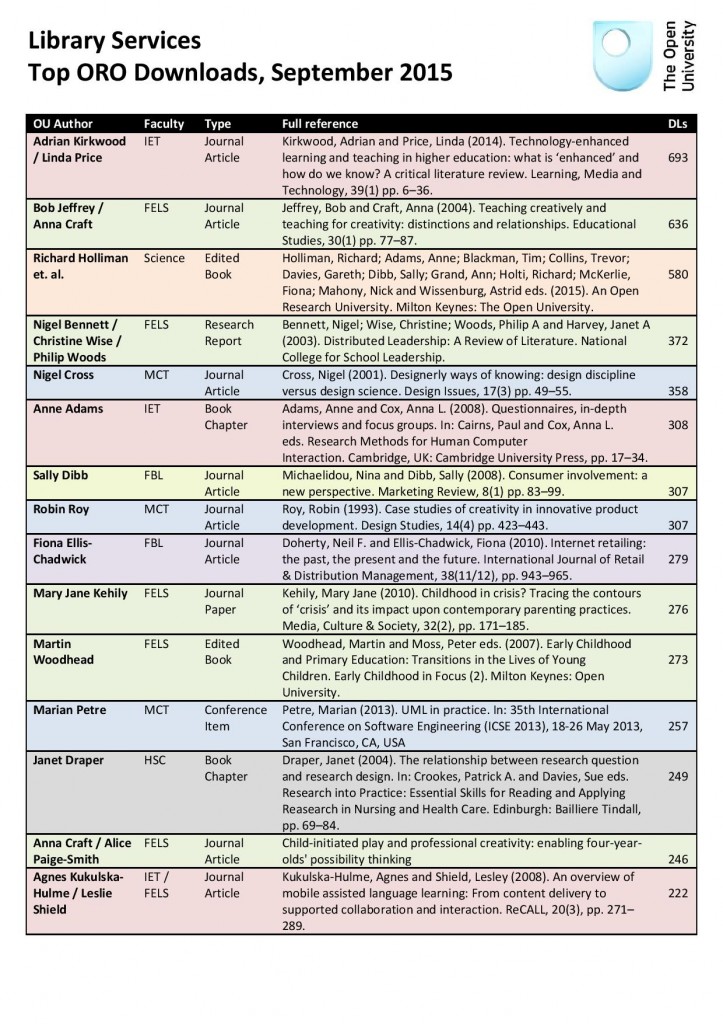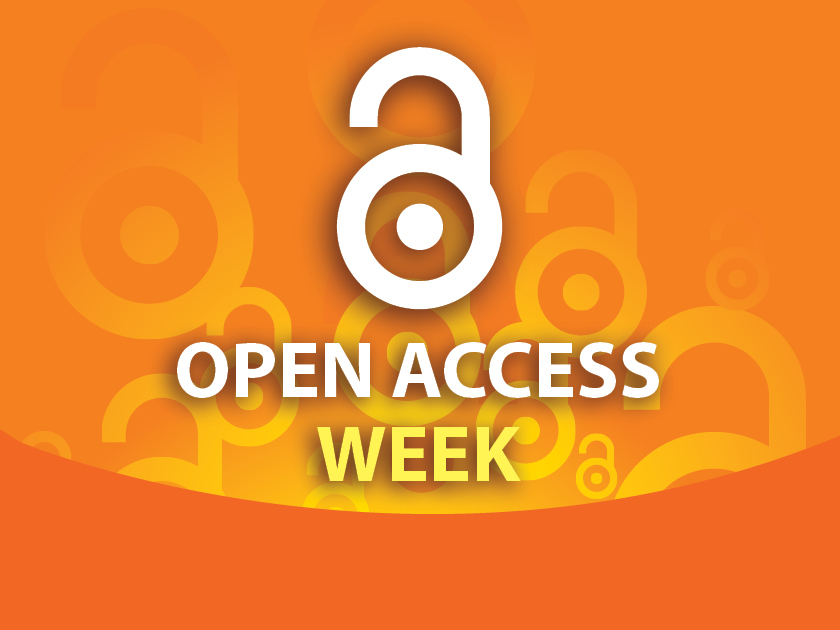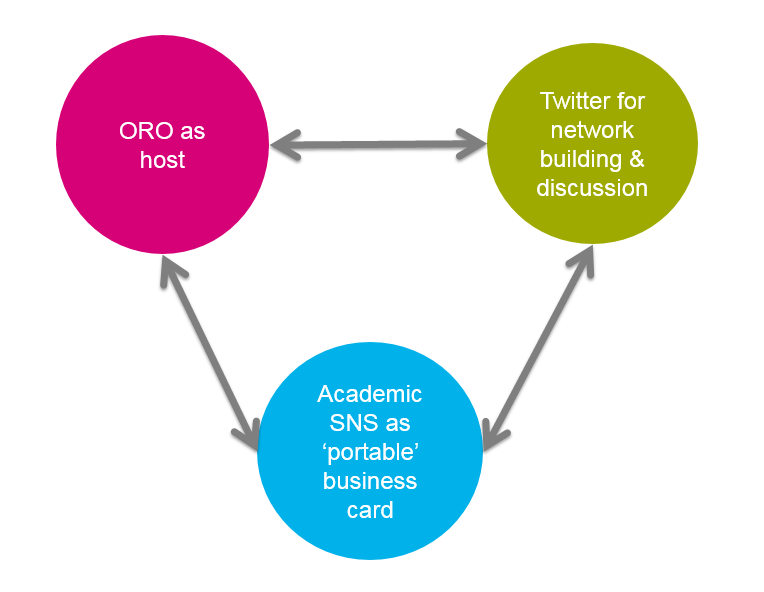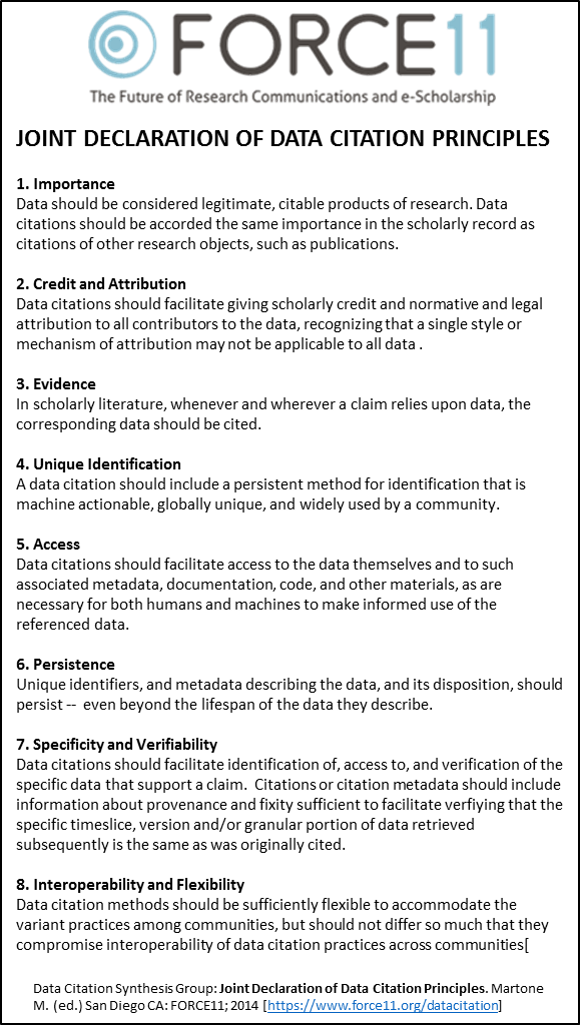Just made it before the end of the month! (It’s been busy). Top ORO downloads for September are below.
PDF of the Top 15: SeptemberTop15
The significant new item is the final report from the RCUK funded Public Engagement with Research Catalyst, An Open Research University.
In the report Richard Holliman writes that:
Engaged research … will only be prioritised on a sustainable basis if researchers:
- Generate funds to cover the costs for them, their stakeholders, and associated expenses for activities.
- Produce quality outputs, ideally ones that can be submitted to future sector-wide assessments of research.
I might be stretching it a bit, but there are echoes to me of how Open Access Publishing will only be sustainable if:
- We are creative in unlocking funds tied up in the existing subscription model (see Open Library of Humanities and UCL Press).
- Researchers publish quality Open Access research outputs with quality Open Access publishers (see The Open Access Scholarly Publishers Association).








